Home>Furniture>Kitchen Furniture>How To Use The Bosch Induction Cooktop
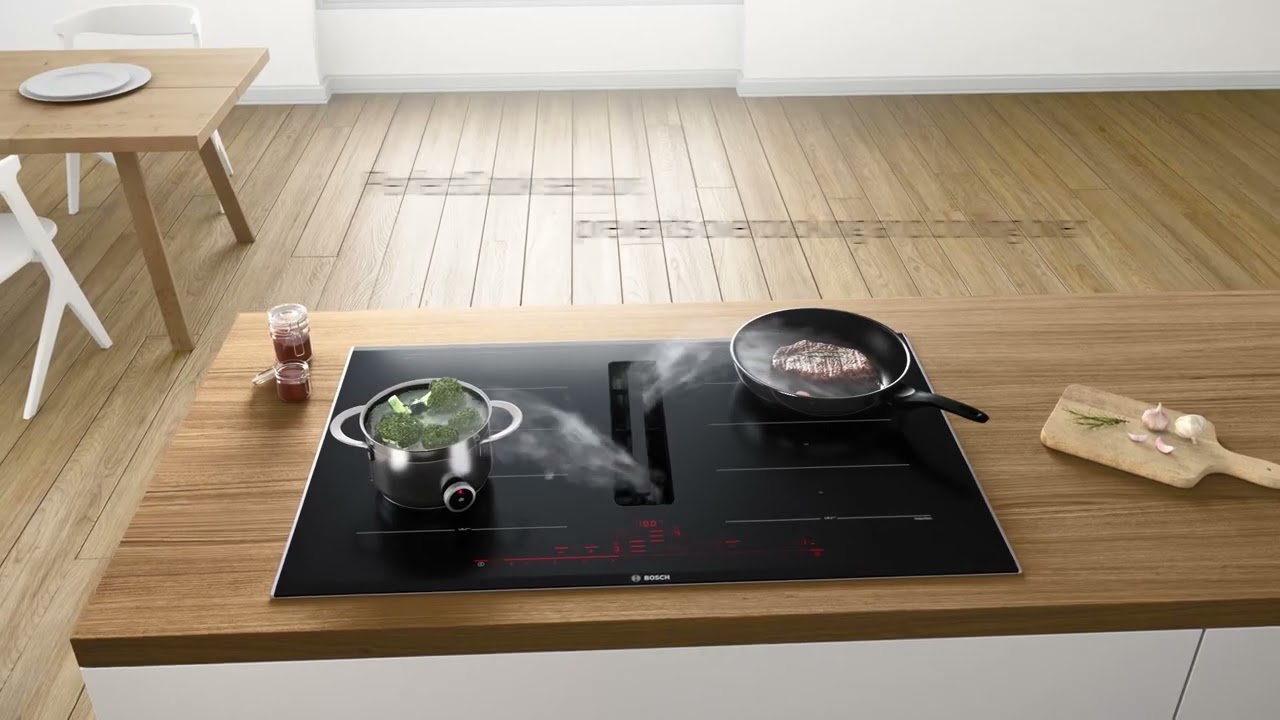

Kitchen Furniture
How To Use The Bosch Induction Cooktop
Modified: February 29, 2024
Learn how to use your Bosch induction cooktop with these informative articles. Find tips, tricks, and step-by-step instructions to enhance your cooking experience.
(Many of the links in this article redirect to a specific reviewed product. Your purchase of these products through affiliate links helps to generate commission for Storables.com, at no extra cost. Learn more)
Introduction
Welcome to the world of Bosch induction cooktops! If you’re looking for a high-performance cooking appliance that combines efficiency, precision, and sleek design, you’ve come to the right place. In this article, we will guide you through the process of using a Bosch induction cooktop, ensuring that you get the most out of this innovative kitchen technology.
Induction cooking has gained immense popularity in recent years, and for good reason. It offers a faster and more energy-efficient cooking experience compared to traditional gas or electric cooktops. By using electromagnetic fields to heat the cookware directly, induction cooktops deliver precise heat control and instant response, making it a favorite among professional chefs and enthusiasts alike.
Before we dive into the specifics of using a Bosch induction cooktop, it’s important to familiarize yourself with the basic safety precautions. This will ensure that you can fully enjoy the benefits of your new appliance while maintaining a safe cooking environment.
Key Takeaways:
- Bosch induction cooktops offer advanced features such as precise temperature control, Boost function, and Keep Warm function, enhancing the cooking experience with efficiency and flexibility.
- Following safety precautions, understanding the control panel, and regular cleaning and maintenance are essential for optimizing the performance and longevity of Bosch induction cooktops.
Safety Precautions
When using your Bosch induction cooktop, it’s essential to follow these safety precautions to prevent accidents and ensure the longevity of your appliance:
- Read the user manual: Before using the cooktop for the first time, thoroughly read the user manual provided by Bosch. Familiarize yourself with all the safety instructions and guidelines specific to your model.
- Ensure proper ventilation: Induction cooktops produce heat, and proper ventilation is necessary to prevent overheating. Make sure there is adequate clearance around the cooktop, and avoid storing flammable materials or utensils nearby.
- Use compatible cookware: Only use cookware that is suitable for induction cooking. Look for the induction symbol on the bottom of your pots and pans, which indicates they are compatible. Avoid using cookware with warped or dented bottoms, as it may not make proper contact with the cooktop surface.
- Keep the cooktop clean: Regularly clean the cooktop surface to prevent food residue or spills from interfering with the induction process. Use non-abrasive cleaners or mild soap and water, and avoid using harsh chemicals or abrasive scrubbers that may damage the surface.
- Turn off after use: Always remember to turn off the cooktop after you finish cooking. This helps conserve energy and reduces the risk of accidentally touching hot surfaces.
- Avoid overheating: Keep an eye on the cooking process and avoid leaving the cooktop unattended when in use. High heat settings or using the Boost function for extended periods may result in overheating. If the cooktop gets too hot, it may automatically shut off as a safety measure.
- Avoid water spills: Accidental spills on the cooktop surface can cause electrical malfunctions or short circuits. Clean up any spills immediately and ensure the cooktop is dry before using it again.
- Disconnect during maintenance: Before performing any maintenance or cleaning tasks, make sure to turn off the cooktop and disconnect it from the power supply. This will prevent electrical accidents or injuries.
By following these safety precautions, you can ensure a safe and enjoyable cooking experience with your Bosch induction cooktop. Now that we’ve covered the basics, let’s move on to understanding the control panel and how to navigate its features.
Understanding the Control Panel
The control panel of your Bosch induction cooktop is designed to be intuitive and user-friendly. It houses various functions and settings that allow you to control the heat levels, timers, and other features. Let’s take a closer look at each component of the control panel:
- Power button: This button is used to turn the cooktop on and off. When the cooktop is powered on, the control panel will light up, indicating that it is ready for use.
- Cooking zones: The cooktop is divided into separate cooking zones, each of which corresponds to a specific area on the cooktop surface. Most Bosch induction cooktops have multiple cooking zones, allowing you to cook different dishes simultaneously.
- Power level selection: The power level controls allow you to adjust the heat intensity of each cooking zone. The levels typically range from 1 to 9, with 1 being the lowest heat setting and 9 being the highest.
- Timer function: The timer function enables you to set a specific cooking time for each cooking zone. This is especially useful when you want to cook something for a specific duration without constantly monitoring it.
- Boost function: Some Bosch induction cooktops come with a boost function, which provides extra power to a selected cooking zone for a short period. This feature is handy when you need to quickly bring a pot of water to a boil or sear meat at high heat.
- Keep warm function: The keep warm function allows you to maintain a low, consistent heat level in a cooking zone. This is perfect for keeping your dishes warm while you finish preparing other components of your meal.
- Control lock: Often, induction cooktops include a control lock function to prevent accidental changes to the settings. Activating the control lock ensures that the cooktop remains stable and secure, even if it is accidentally touched.
Familiarizing yourself with the control panel components is essential for efficient and precise cooking on your Bosch induction cooktop. Each feature offers flexibility and control, ensuring that you can prepare your favorite dishes with ease. In the next section, we will learn how to power on and off the cooktop and set the cooking zones.
Powering On and Off
To power on your Bosch induction cooktop, follow these simple steps:
- Ensure that the cooktop is properly connected to a power source.
- Locate the power button on the control panel.
- Press and hold the power button for a few seconds until the control panel lights up.
Once the cooktop is powered on, you can proceed to set the cooking zones and adjust the power levels according to your cooking needs. To power off the cooktop, follow these steps:
- Make sure the cooking zones are not in use and have cooled down.
- Press and hold the power button for a few seconds until the control panel turns off.
It is important to note that some Bosch induction cooktops may have additional power-saving features, such as an automatic shut-off function after a certain period of inactivity. Refer to your user manual for specific details regarding your model’s power-saving settings.
Now that you know how to turn the cooktop on and off, let’s move on to setting the cooking zones and adjusting the power levels for optimal cooking control.
Setting the Cooking Zone
Setting the cooking zone on your Bosch induction cooktop is a straightforward process. Follow these steps to get started:
- Make sure the cookware you plan to use is compatible with induction cooking and has a flat, magnetic bottom.
- Place the cookware on the desired cooking zone. The cookware should make full contact with the cooking zone surface.
- Turn on the cooktop by pressing the power button.
- Locate the power level controls for each cooking zone.
- Choose the cooking zone you want to use and select the desired power level for that zone. You can vary the power level according to your cooking requirements.
It’s important to note that some Bosch induction cooktops come with a feature called “Automatic Pan Recognition.” This feature detects the presence of a compatible cookware on the cooking zone and adjusts the heating level accordingly. If your cooktop has this feature, you do not need to manually set the cooking zone. Simply place the cookware on the cooking zone, and the cooktop will recognize it automatically.
When setting the cooking zone, it’s essential to distribute the cookware evenly across the cooking zone surface for optimal heat transfer. Avoid overhanging cookware or using pots and pans that are too small for the available cooking zone size, as this can result in uneven cooking.
Now that you have successfully set the cooking zone on your Bosch induction cooktop, let’s learn how to adjust the power level to achieve precise temperature control.
Read more: How To Use Summit Induction Cooktop
Adjusting the Power Level
One of the key advantages of using a Bosch induction cooktop is the ability to adjust the power level for each cooking zone, allowing you to fine-tune the heat intensity according to your cooking needs. Here’s how you can easily adjust the power level:
- Ensure that the cooking zone is properly set with the desired cookware.
- Locate the power level control for the specific cooking zone you want to adjust.
- Using the power level control, increase or decrease the power level to achieve the desired heat intensity.
- Monitor the cooking process and make additional adjustments as needed.
Each power level corresponds to a specific heat intensity, ranging from low to high. As a general guideline, lower power levels are suitable for gentle simmering, melting chocolate, or keeping food warm. Higher power levels are ideal for boiling water, searing meat, or quickly heating up dishes.
Keep in mind that the exact power levels and heat intensity may vary depending on the model of your Bosch induction cooktop. Refer to your user manual for specific details and recommended power levels for different cooking tasks.
Adapting the power level to the specific requirements of your recipe allows for precise temperature control, making it easier to achieve the desired cooking results. Whether you’re gently simmering a delicate sauce or searing a steak to perfection, adjusting the power level on your Bosch induction cooktop gives you the flexibility and control you need.
Next, let’s explore another valuable feature of Bosch induction cooktops – the timer function.
When using a Bosch induction cooktop, make sure to use cookware with a flat, magnetic bottom for best results. Also, always adjust the heat settings gradually to prevent overheating.
Using the Timer
The timer function on your Bosch induction cooktop is a handy feature that allows you to set a specific cooking time for each cooking zone. This feature is especially useful when you want to cook something for a specific duration without constantly monitoring it. Here’s how you can use the timer:
- Ensure that the cooking zone is properly set with the desired cookware.
- Select the cooking zone for which you want to set the timer.
- Locate the timer button on the control panel.
- Press the timer button to activate the timer function.
- Adjust the timer setting using the plus (+) and minus (-) buttons to increase or decrease the cooking time.
- Press the start button to begin the countdown.
Once the timer reaches zero, the cooktop will emit a sound or signal to indicate the end of the set cooking time. This ensures that you can attend to other tasks without worrying about overcooking or undercooking your food.
The timer function can be used for a variety of cooking tasks, such as boiling pasta, steaming vegetables, or braising meats. It provides convenience and peace of mind, allowing you to multitask in the kitchen while ensuring perfectly cooked meals.
Some Bosch induction cooktops may have additional timer-related features, such as a minute minder or a delayed start function. These features add further flexibility and control to your cooking experience. Refer to your user manual for specific details on the timer functions available in your cooktop model.
Now that you’re familiar with using the timer function, let’s explore one more feature that can come in handy in certain cooking situations—the Boost function.
Using the Boost Function
The Boost function on your Bosch induction cooktop provides an extra burst of power to a specific cooking zone for a short period, allowing you to quickly heat up pots of water, sear meat, or bring dishes to a boil. To use the Boost function, follow these steps:
- Ensure that the cooking zone is properly set with the desired cookware.
- Locate the Boost button on the control panel.
- Select the cooking zone for which you want to activate the Boost function.
- Press the Boost button once to activate the function. The cooking zone will receive maximum power for a limited time.
- Monitor the cooking process closely as the Boost function provides intense heat.
- After the set boost time elapses or when you want to stop the boost, press the Boost button again to turn off the function.
It’s important to note that the Boost function is designed for short bursts of high-intensity heat and is not meant for continuous use. The duration of the Boost function may vary depending on your cooktop model.
Using the Boost function can significantly reduce the time it takes to bring liquids to a boil or to sear meat at high temperatures. It’s particularly useful when you need quick and powerful heat for certain recipes or cooking techniques. However, do exercise caution and avoid using the Boost function excessively or for extended periods, as it can cause overheating.
Now that you know how to utilize the Boost function, let’s move on to another feature that can come in handy for keeping dishes warm—the Keep Warm function.
Using the Keep Warm Function
The Keep Warm function on your Bosch induction cooktop allows you to maintain a low, consistent heat level in a specific cooking zone. This feature is perfect for keeping dishes warm while you finish preparing other components of your meal or when you want to serve food at a later time. Here’s how you can use the Keep Warm function:
- Ensure that the cooking zone is properly set with the desired cookware and food.
- Locate the Keep Warm button on the control panel.
- Select the cooking zone for which you want to activate the Keep Warm function.
- Press the Keep Warm button once to activate the function.
- The cooking zone will maintain a low heat level, typically around 70°C (158°F), to keep the food warm without overcooking it.
- Monitor the dish periodically to ensure it stays at the desired temperature.
- To turn off the Keep Warm function, simply press the Keep Warm button again.
The Keep Warm function is particularly useful when you want to keep a sauce, stew, or side dish warm while you focus on other aspects of your meal preparation. It helps maintain the food’s temperature and prevents it from cooling down before serving.
It’s important to note that the Keep Warm function is not designed to cook or heat food. Its purpose is solely to keep already cooked or heated dishes warm until you’re ready to serve them. If you’re using the Keep Warm function for an extended period, be mindful of food safety and make sure to follow guidelines for safe food handling and storage.
Now that you’re familiar with using the Keep Warm function, let’s move on to the important topic of cleaning and maintenance for your Bosch induction cooktop.
Read also: 13 Best Bosch Induction Cooktop For 2024
Cleaning and Maintenance
To keep your Bosch induction cooktop in optimal condition and ensure its longevity, regular cleaning and maintenance are essential. Here are some tips to help you keep your cooktop clean and functioning efficiently:
- Allow the cooktop to cool down: Before cleaning the cooktop, make sure it has completely cooled down to avoid any risk of burns or injuries.
- Wipe up spills immediately: Accidental spills or food residue should be wiped up promptly. Use a soft cloth or sponge with mild soap and water to clean the cooktop surface. Avoid using abrasive cleaners or steel wool, as they can damage the glass surface.
- Remove stubborn stains: For stubborn stains or dried-on food, you can use a cooktop cleaner recommended for glass-ceramic surfaces. Follow the instructions provided and gently scrub the stain with a non-abrasive sponge or cloth.
- Regularly clean the control panel: Wipe the control panel regularly with a soft, damp cloth to remove any dust or fingerprints. Be careful not to let water seep into the controls or display area.
- Check and clean the venting system: If your cooktop has a built-in ventilation system, regularly check and clean the filters. Refer to your user manual for specific instructions on maintenance and filter cleaning.
- Avoid using harsh chemicals: Chemicals such as bleach, ammonia, or oven cleaners should not be used on the cooktop surface, as they can cause damage. Stick to mild soapy water or a cooktop-specific cleaner.
- Keep the cooktop dry: After cleaning, make sure to dry the cooktop surface thoroughly to prevent water spots or residue from forming.
- Avoid abrasive cookware: Using cookware with rough bottoms or abrasive materials can scratch the glass-ceramic surface. Opt for cookware with smooth, flat bottoms to protect the cooktop.
By following these cleaning and maintenance practices, you can ensure that your Bosch induction cooktop stays in excellent condition and continues to provide you with outstanding cooking performance.
Now that we’ve covered the cleaning aspect, let’s move on to troubleshooting tips in case you encounter any issues with your cooktop.
Troubleshooting Tips
While Bosch induction cooktops are known for their reliability and performance, there may be instances where you encounter minor issues. Here are some troubleshooting tips to help you address common problems:
- No power or display: If your cooktop does not power on or the display is not functioning, ensure that the cooktop is connected to a power source and the circuit breaker is not tripped. If the issue persists, contact a qualified technician for assistance.
- Inconsistent heating: If you notice inconsistent heating or temperature variations across the cooking zones, ensure that the cookware you’re using is compatible with induction cooking and has a flat, magnetic bottom. If the cooktop still does not heat evenly, there may be an issue with the internal components. Consult a professional technician for further assessment.
- Error codes or indicators: If error codes or indicators appear on the control panel, consult your user manual to identify the specific issue and possible solutions. In some cases, simply powering off and restarting the cooktop can resolve minor errors. If the problem persists, contact Bosch customer service for guidance.
- Control lock not releasing: If the control panel is locked and you cannot make any changes to the settings, check if the control lock function is activated. Refer to your user manual for instructions on how to unlock the control panel. If the issue persists, contact customer service for assistance.
- Noise or vibration: Some noise or vibration during cooking is normal due to the electromagnetic field generated by the induction process. However, excessive noise or persistent vibration may indicate a problem with the cookware or the cooktop’s internal components. Ensure that the cookware is placed correctly on the cooking zone and that there are no loose parts within the cooktop. If the issue continues, seek professional assistance.
If you encounter any issues with your Bosch induction cooktop that are not easily resolved through troubleshooting, it is recommended to contact Bosch customer service or a professional technician for further assistance. They will have the expertise and knowledge to diagnose and fix any technical problems.
Now that we’ve covered the troubleshooting tips, let’s conclude our article.
Conclusion
We hope that this guide has provided you with valuable insights into using and optimizing your Bosch induction cooktop. With its advanced features, precise temperature control, and sleek design, cooking with a Bosch induction cooktop can elevate your culinary experience.
Throughout this article, we explored various aspects, including safety precautions, understanding the control panel, powering on and off, setting the cooking zones, adjusting the power level, using the timer, utilizing the boost function, keeping dishes warm with the keep warm function, cleaning and maintenance tips, troubleshooting common issues, and seeking professional help when needed.
By following the safety precautions, understanding the control panel functions, and utilizing the various features such as the timer, boost function, and keep warm function, you can achieve optimal results while cooking. Additionally, regular cleaning and maintenance will ensure that your cooktop stays in excellent condition and operates efficiently.
Remember to consult your user manual for specific instructions tailored to your Bosch induction cooktop model and seek assistance or professional help if you encounter any technical difficulties beyond troubleshooting.
Enjoy your cooking journey with your Bosch induction cooktop and explore the endless possibilities it offers for creating delicious meals with precision and efficiency!
Disclaimer: The content provided in this article is for informational purposes only. Always refer to the user manual provided by Bosch for specific instructions and safety guidelines.
Frequently Asked Questions about How To Use The Bosch Induction Cooktop
Was this page helpful?
At Storables.com, we guarantee accurate and reliable information. Our content, validated by Expert Board Contributors, is crafted following stringent Editorial Policies. We're committed to providing you with well-researched, expert-backed insights for all your informational needs.
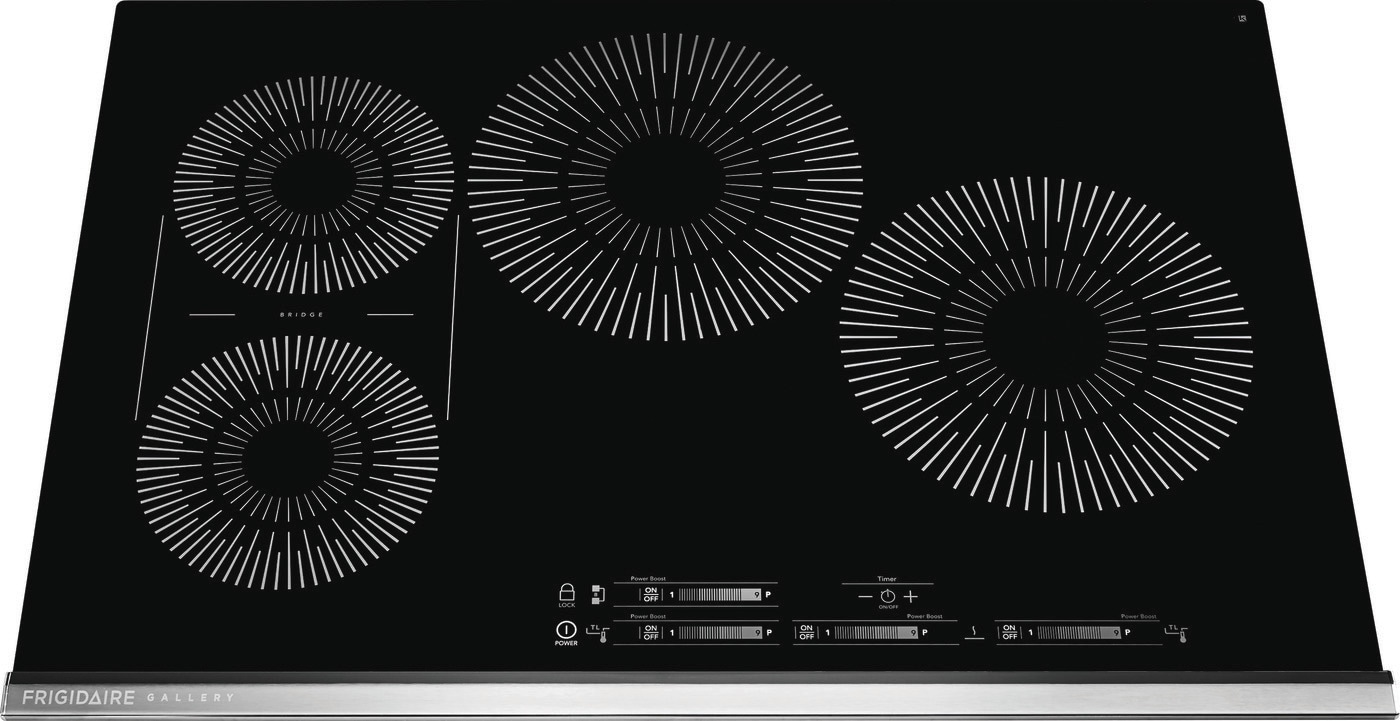
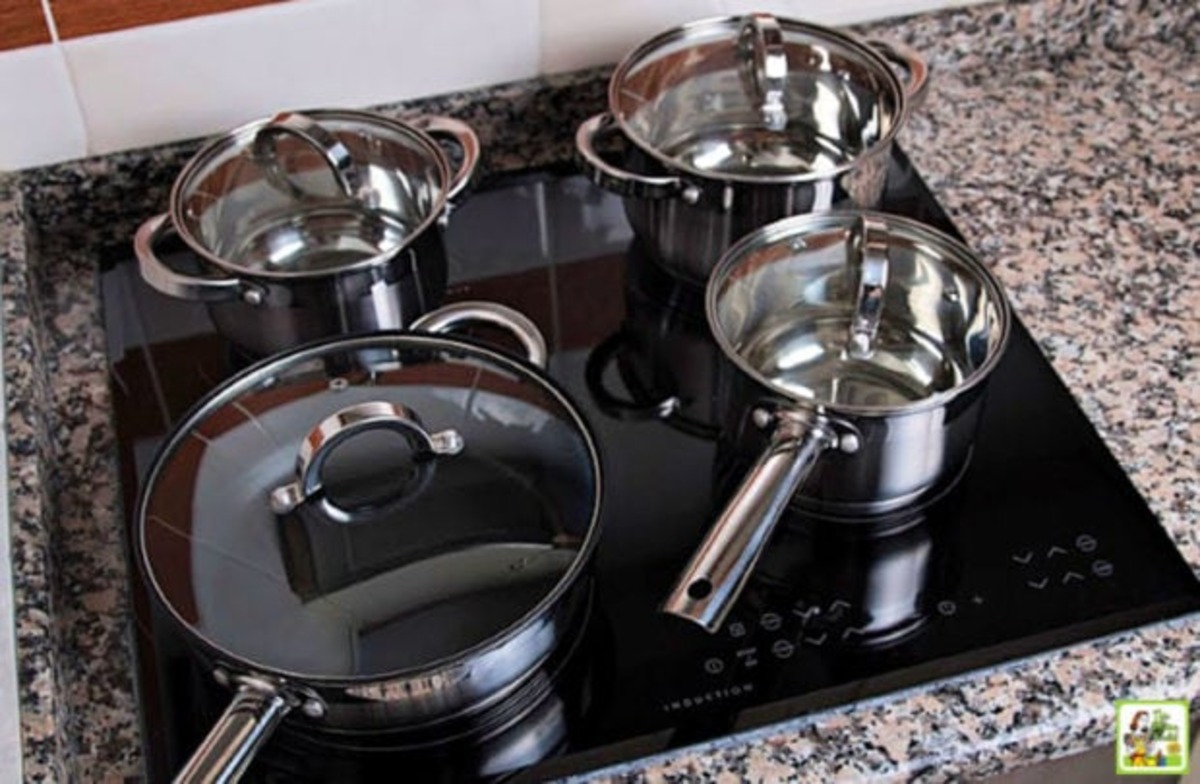
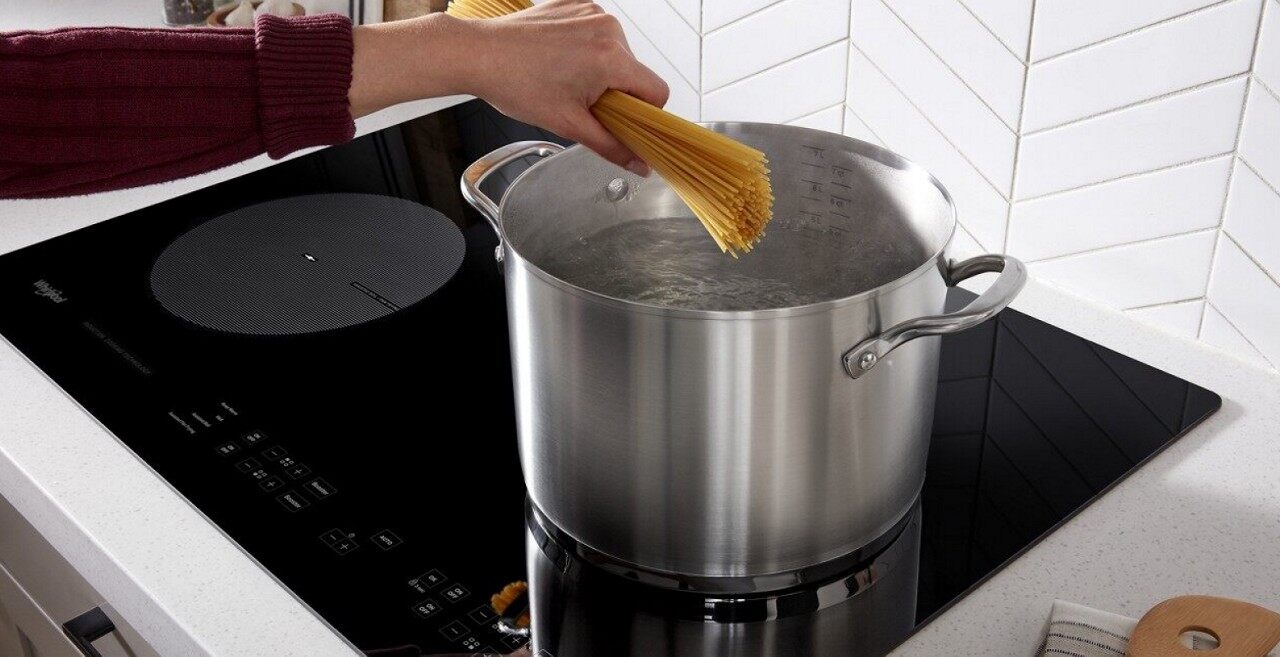
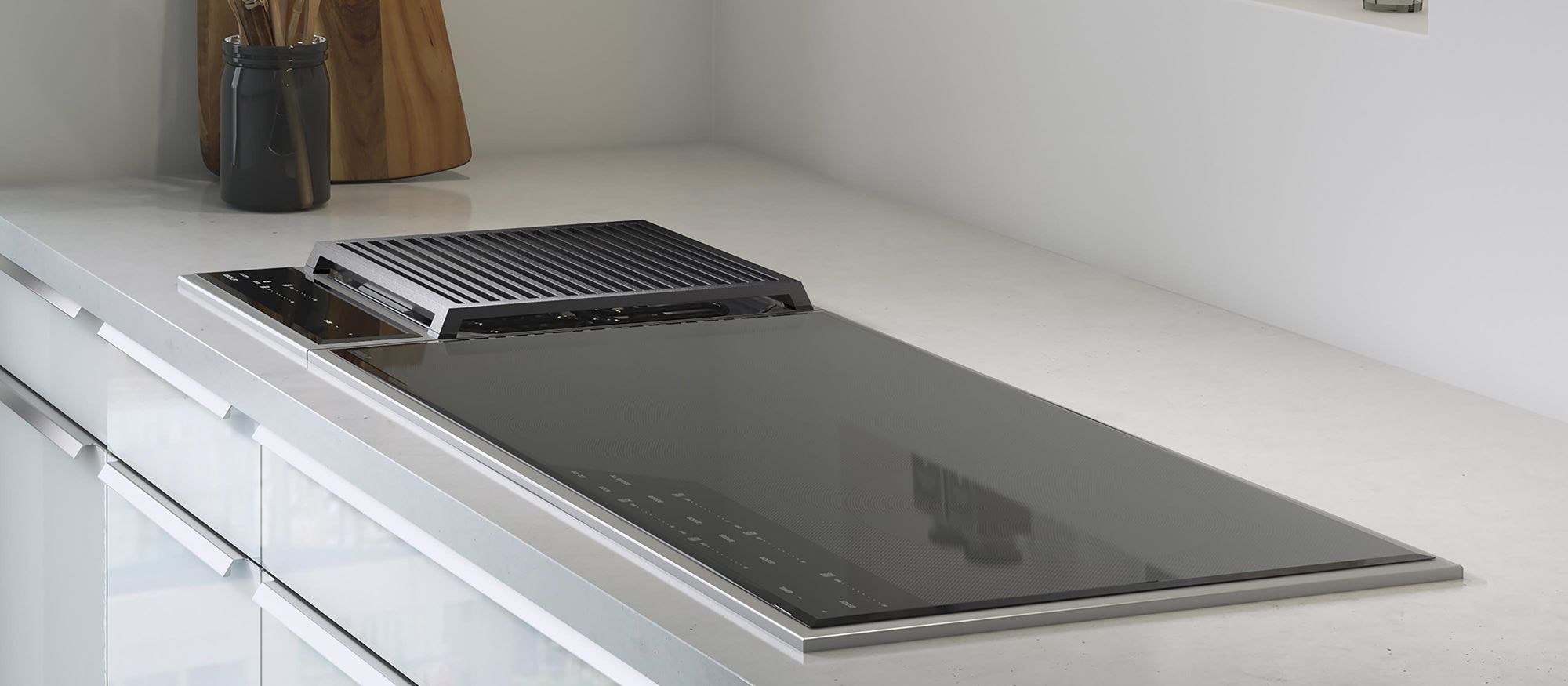
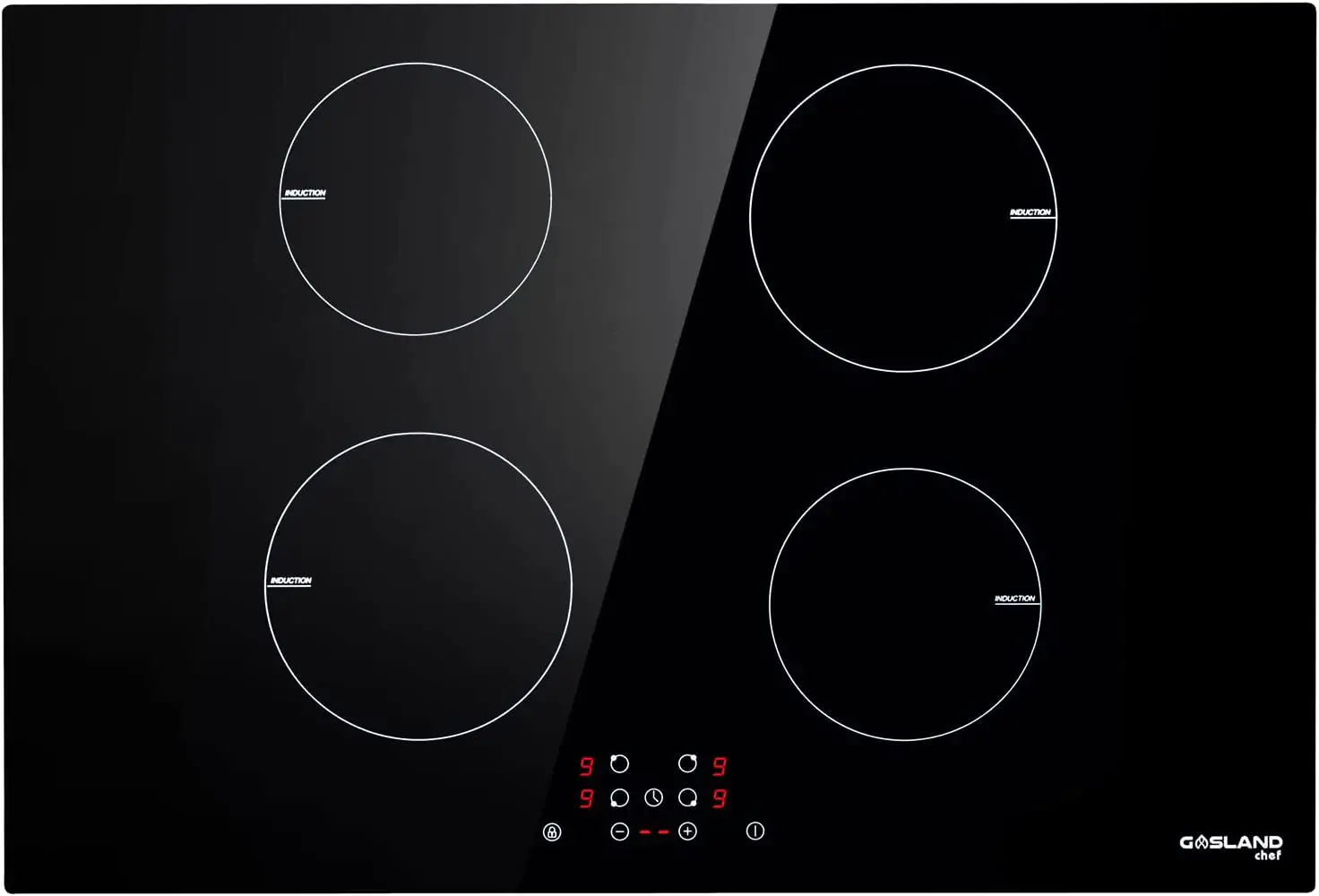
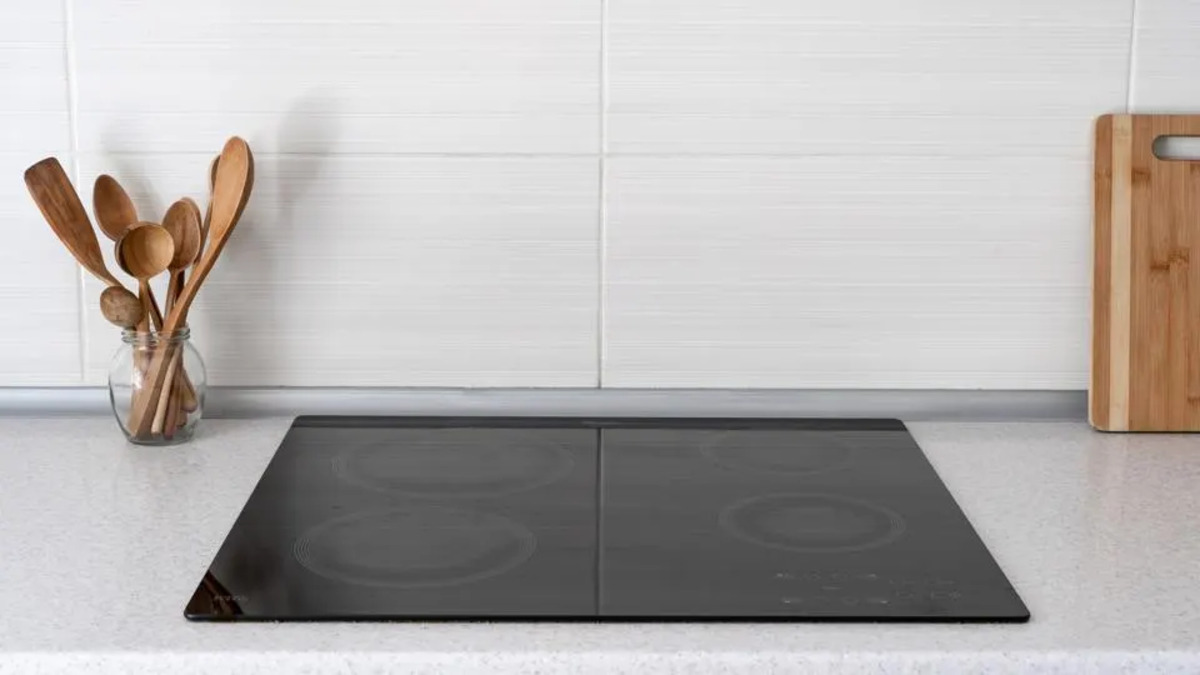
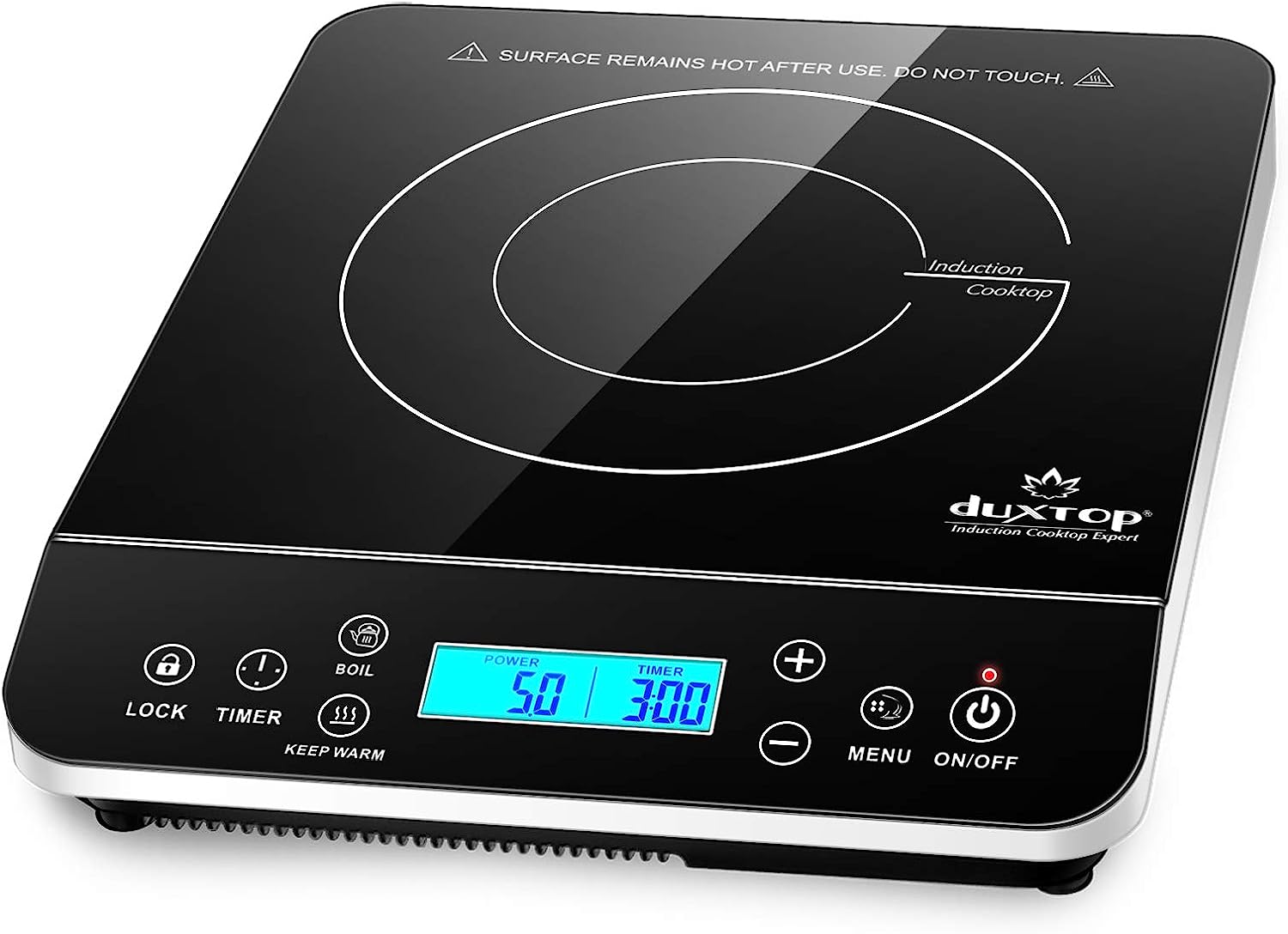
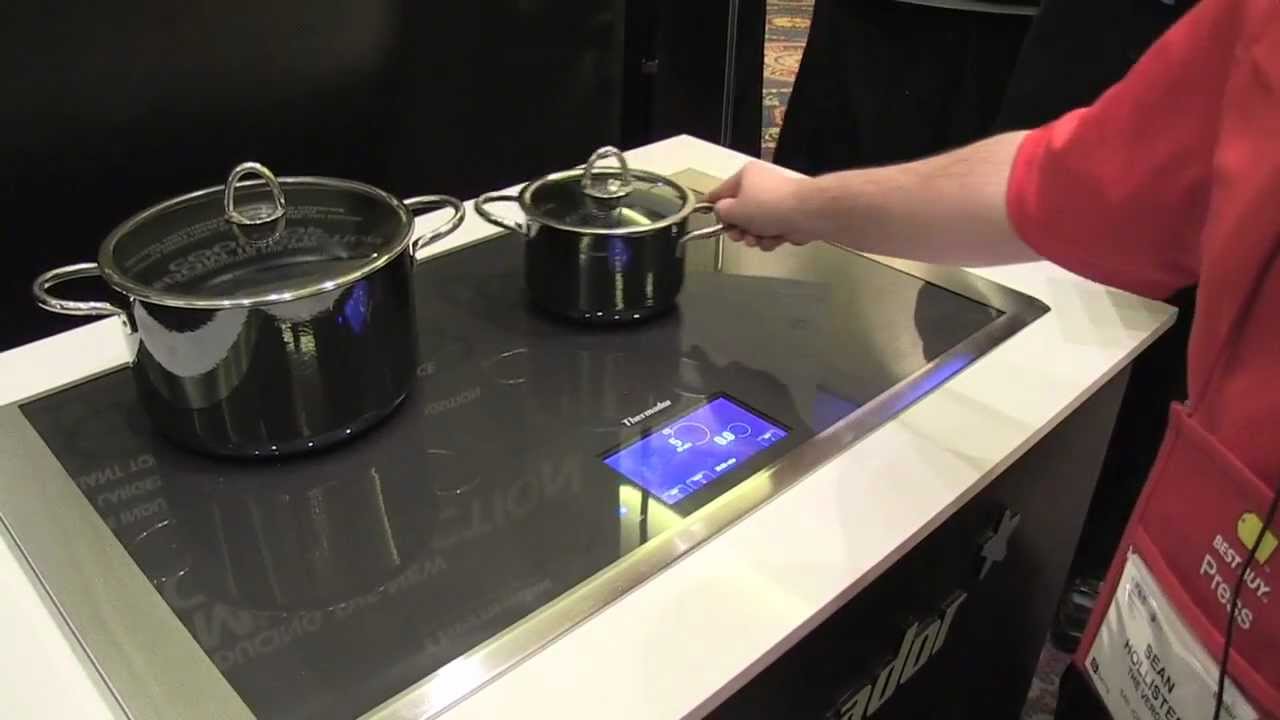
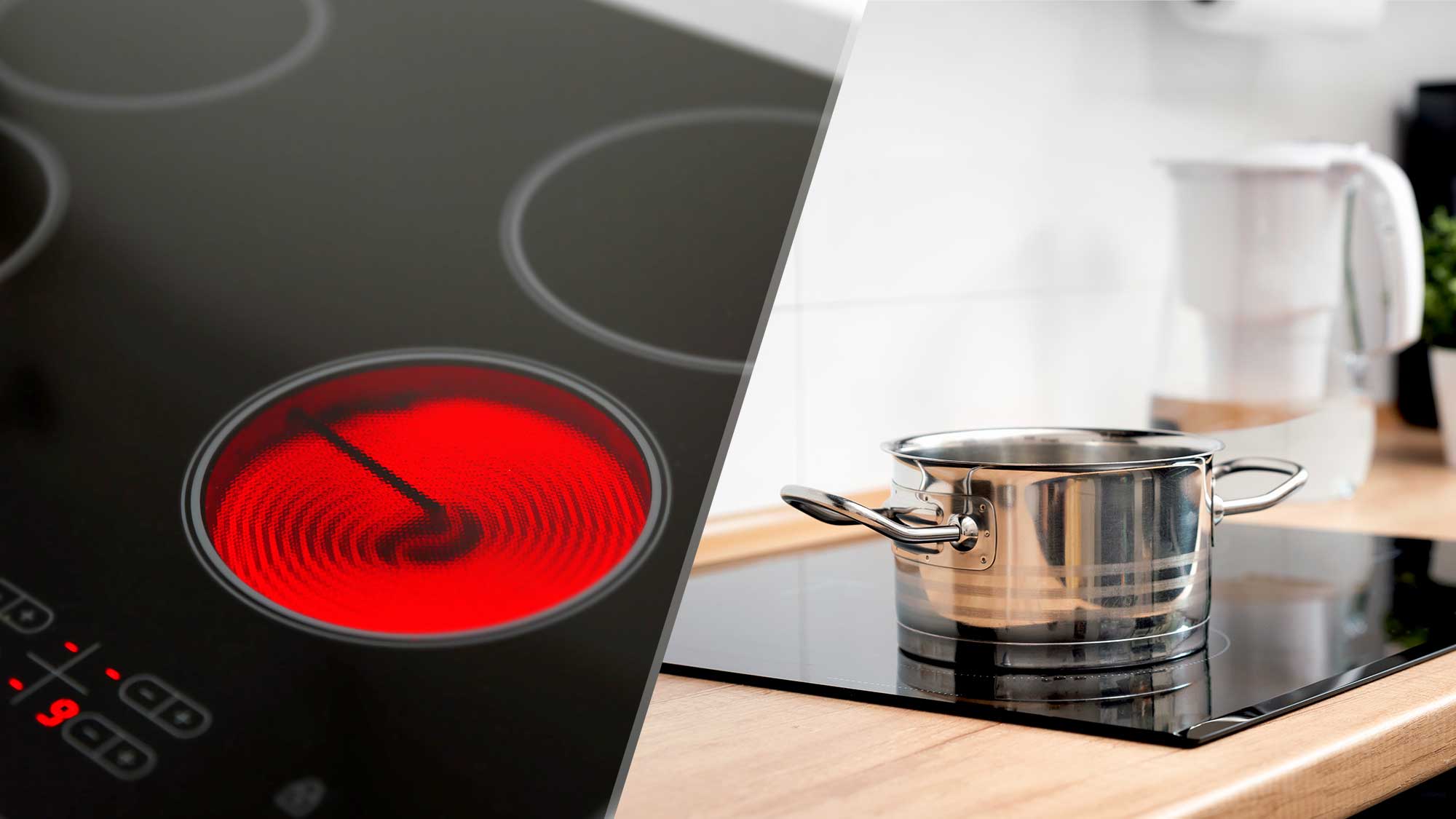
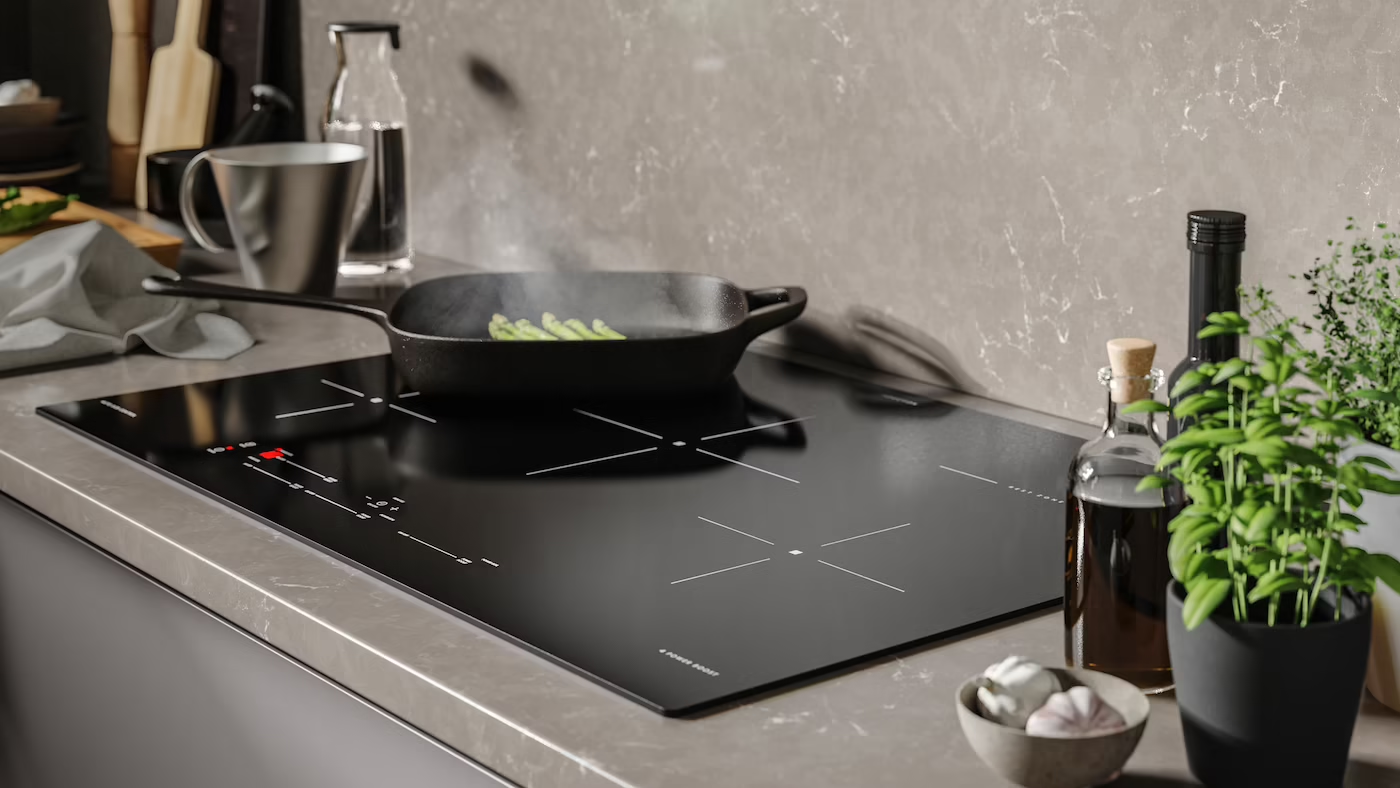
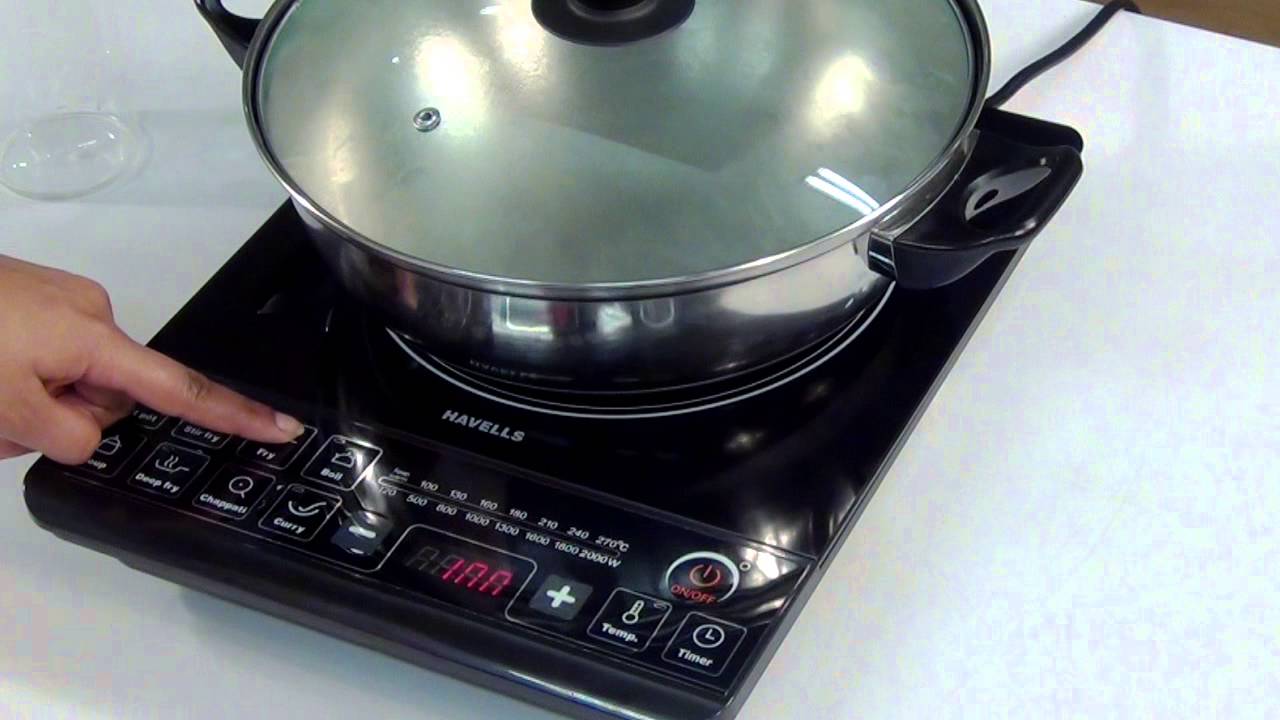
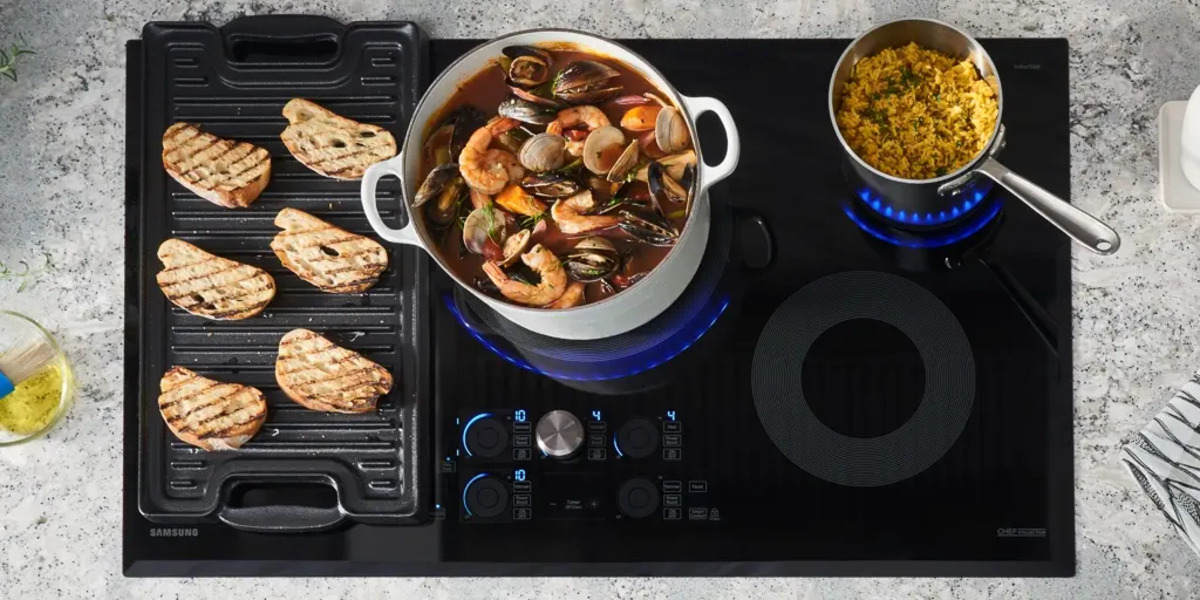
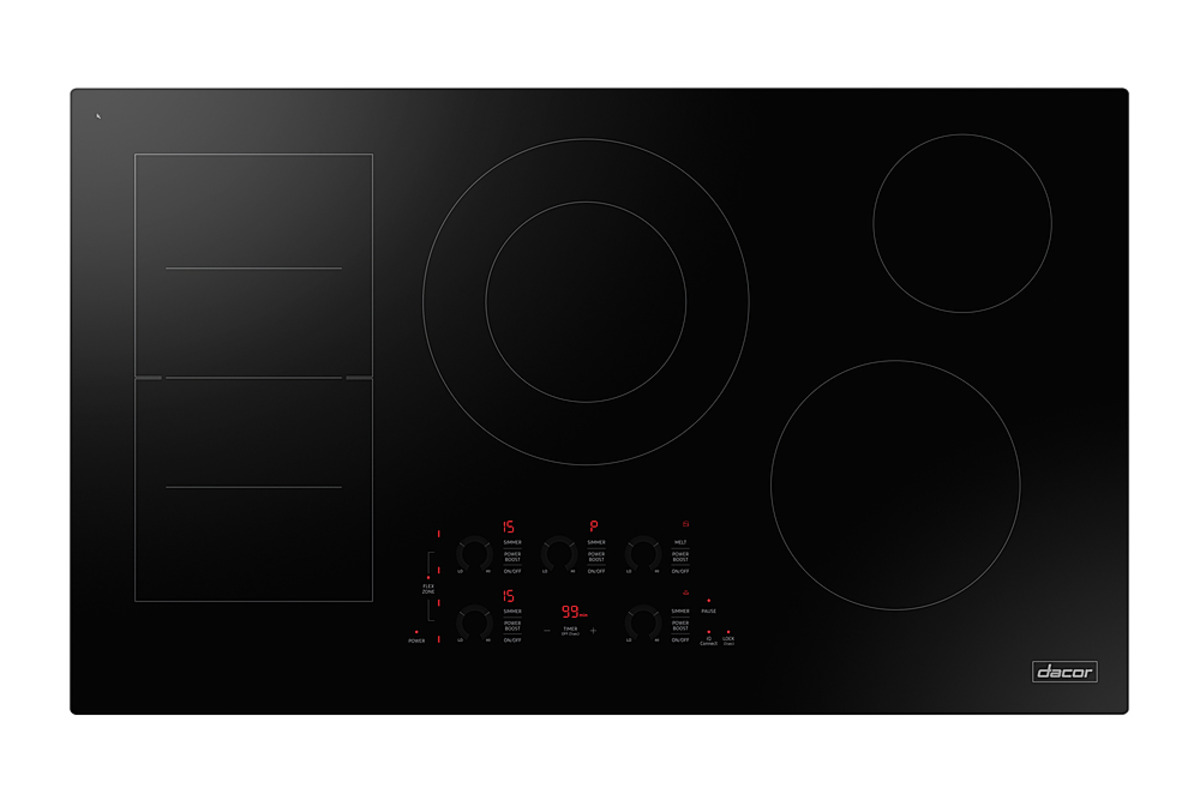

0 thoughts on “How To Use The Bosch Induction Cooktop”